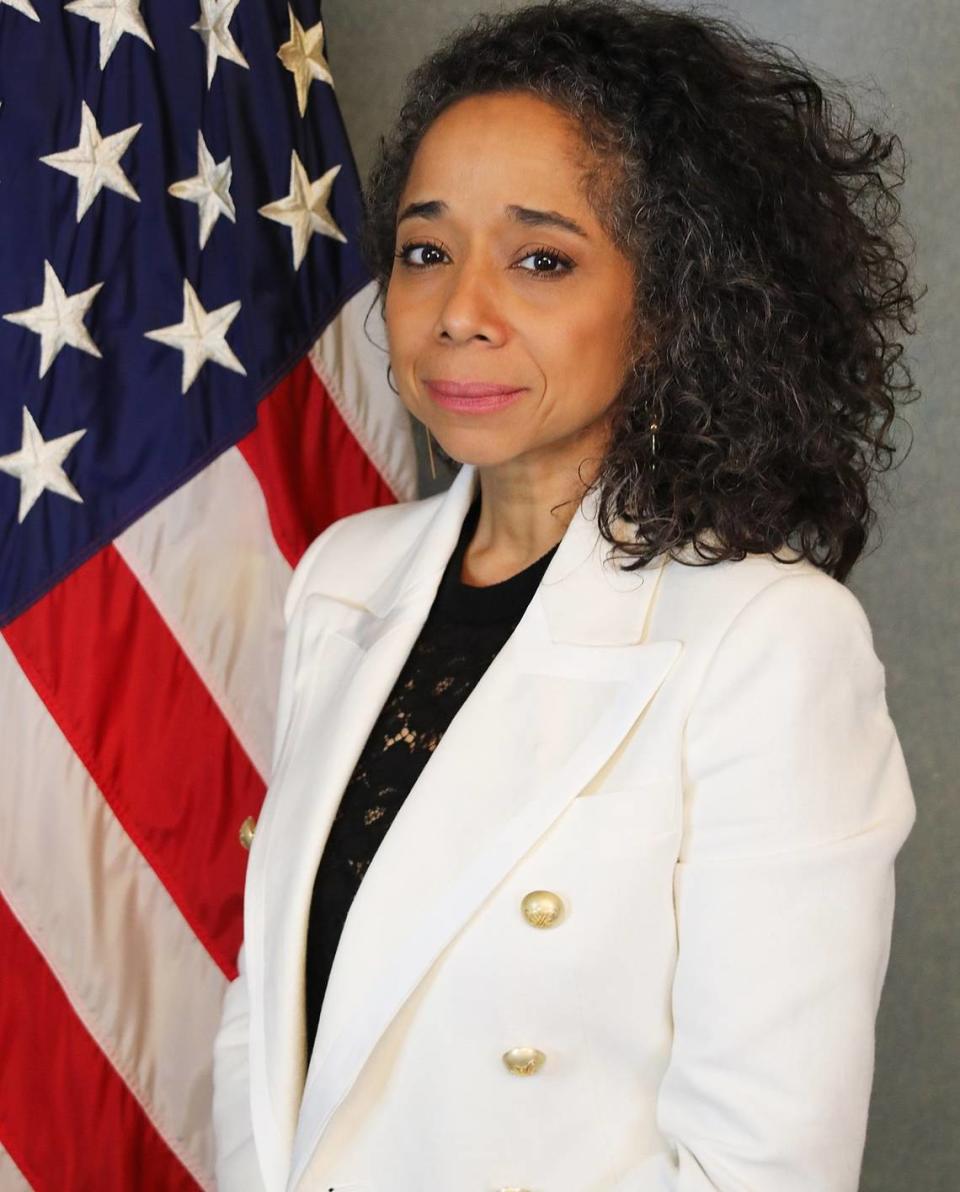We walked the Camino de Santiago and found a common future along an ancient path | Opinion
- Oops!Something went wrong.Please try again later.
The Camino de Santiago de Compostela takes its name from the town in the northeast tip of Spain, where apostle Saint James — Santiago, in Spanish — is believed to have preached the Christian gospel.
For over a millennium, pilgrims have traveled hundreds of miles along paths that crisscross Europe to converge into one final homestretch toward the great stone Cathedral in Santiago de Compostela, where the earthly remains of Saint James are said to lie. Both the Old Town of Santiago de Compostela and the Camino itself are recognized by UNESCO for their cultural value to the entire world.
Traveling along the pilgrimage route, which winds through the breathtaking mountain landscapes of northern Spain, is a physical challenge, but for many, it’s also a journey of self-discovery and spiritual growth.
When my friends Maria Díaz de la Cebosa and Julian Linares first told me about the youth exchange program they support that brings diverse American students — most of whom have never left the United States — to Spain to walk the Camino alongside their Spanish peers, I was immediately interested.
The students came from Miami Dade College, Big Brothers Big Sisters Miami and a Bronx charter school in New York City, my hometown. The Spanish teens who joined us had just completed a two-year American English course that the U.S. Embassy in Spain supports. I wanted to learn first-hand from these young people — our citizen diplomats — and decided to join them on their 65-mile journey along the Camino.
We live in an increasingly digital world, communicating through apps and emojis, but nothing compares to face-to-face interaction, walking shoulder to shoulder with others. People-to-people connections, like the ones created through international exchange programs, are a building block of diplomacy and the bedrock of trust between nations.
They challenge preconceptions and cultivate empathy. They also improve language skills. By improving their English and learning more about American culture, the Spanish teens — many of whom are immigrants or the children of immigrants from Latin America, Africa and Eastern Europe — improve their career prospects and the possibility of studying at U.S. colleges.
Many of the students from Miami and New York grew up, as I did, speaking Spanish at home. This was a chance for them to discover the intricacies of the Spanish spoken in the country where the language was born. Such knowledge brings with it a deeper respect for cultural heritage, but also a more realistic perspective on the country Spain is today.
And that is exactly what I saw as we walked together to Santiago. The students spoke in English and Spanish, sharing diverse stories of their lives back home and responding to questions, some of them uncomfortable, about our countries’ economic, social and political challenges.
How do young Latinos view Spain’s cultural legacy in the Americas? What lessons can Americans learn from modern, democratic Spain today? What does it mean for European youth to have a war waging on their Eastern border? One student, who came to Spain as a refugee from Ukraine, shared his experiences of leaving his homeland, a living example of the story many young Americans have only heard from grandparents or great-grandparents.
When we walked together on the Camino, we became part of a story that is centuries old, but the universal experience of coming together is alive and well today.
As the world emerges from the pandemic, we need to recommit to making international cultural exchanges and language learning part of the educational experiences available to our youth, regardless of their class or background. As proven throughout time and in all cultures, this is the best way to build bridges, celebrate diversity and achieve peace, security and prosperity for our citizens.
Julissa Reynoso is U.S. ambassador to Spain.


